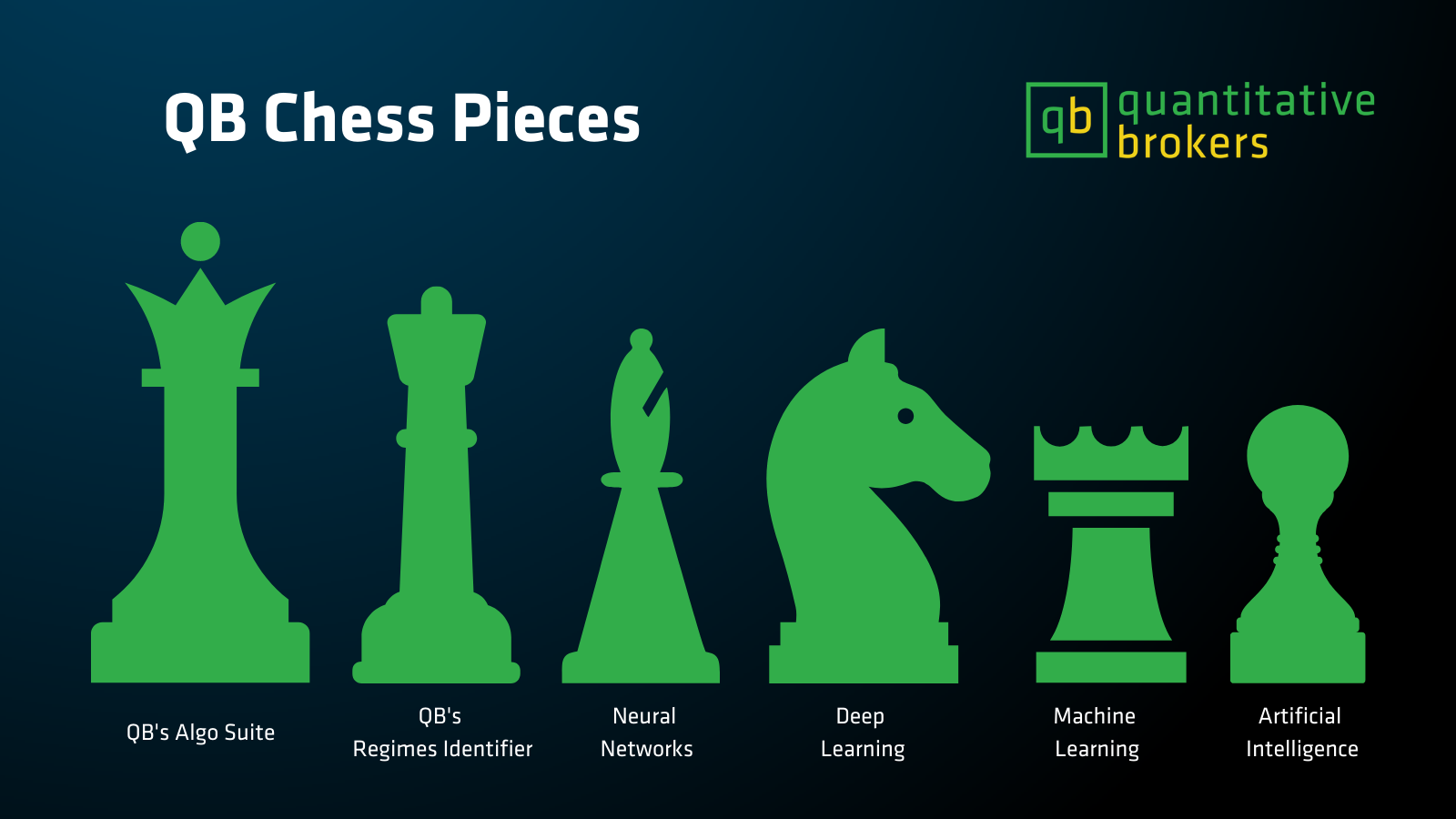Strategic Advantage in Regime Identification
It takes tremendous focus to win a game of chess, your goal is to strategically and swiftly move your pieces around the chessboard, each movement calculating impact and analyzing the board for potential moves all while focusing on the end game. Chess is very similar to trading - a series of decisions must be made simultaneously from trade discovery, strategic timing to minimize market impact while efficiently executing, all while knowing that each decision may change market sentiment.
At QB, we already facilitate the strategic execution of trades taking into account the specificities and intricacies of the market microstructure, while providing our clients a better insight on each decision using our Transaction Cost Analytics. The next evolution is using real-time analytics to help our clients make informed decisions about timing and executing those trades.
Over the past year, Quantitative Brokers has developed new techniques to detect and dynamically navigate changing market conditions. This concept, which we refer to as market regimes, has been used to describe evolving market states and bullish/bearish sentiments. We aim to take it one step beyond and use it as a strategic advantage when trading in volatile and rapidly evolving market conditions.
QB’s Regime Identifier uses market microstructure features as inputs and leverages machine learning techniques for identification. This is an unsupervised technique and not dependent on any particular algorithm. It is an independent statement of the market's state, more specifically about liquidity and other features that impact execution performance. We use neural networks and clustering techniques, including Variational Auto Encoder. Put it differently, we use state-of-the-art techniques to tell the state of the market!
Trading is an art. Since regimes are based on microstructural variables, which tend to be quite stable, but can change intraday on account of new information and are expected to last for hours, if not days. Using QB’s Regime Identifier one can be aware of such changes and consider switching between algorithms, benchmarks, or brokers altogether. Identifying regimes can help isolate markets from the model and therefore aid in pre- and post-trade analysis. During bad regimes, the correlation between assets also increases. This provides a regime-driven factor to consider cross instrument effects that are particularly strong in such bad regimes. Regimes are not only useful for execution, we see many firms investigating regime identification methods for alpha profiling and portfolio optimization.
In summary, regimes in execution are useful for pre- and post-cost estimation, selection of benchmark, time of trading and algo wheel variables. Overall, it gives the trader better control on execution parameters. However, any technique or model comes with its own suite of challenges and limitations. Identifying regimes is data-intensive and needs careful vetting of the input features along with an unsupervised machine learning method. Regimes can provide you with all the possible options for your next move.
Want to learn more about regimes? Request our latest research:
Quantitative Brokers
March 24, 2021
New York, NY


